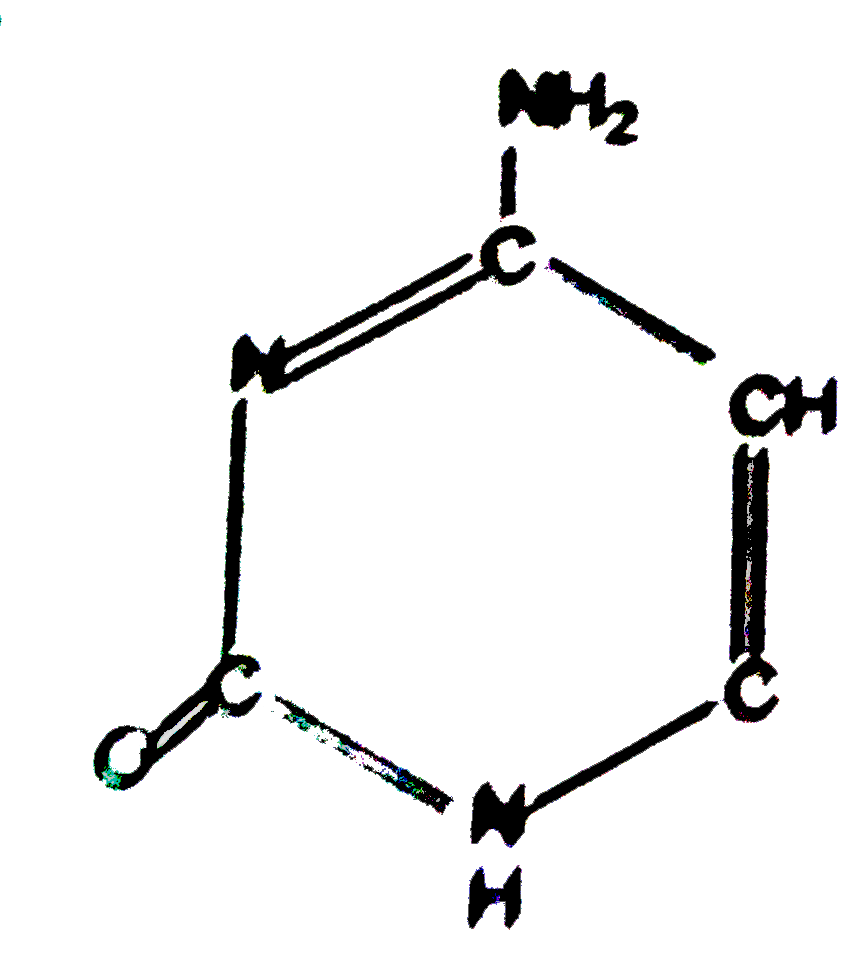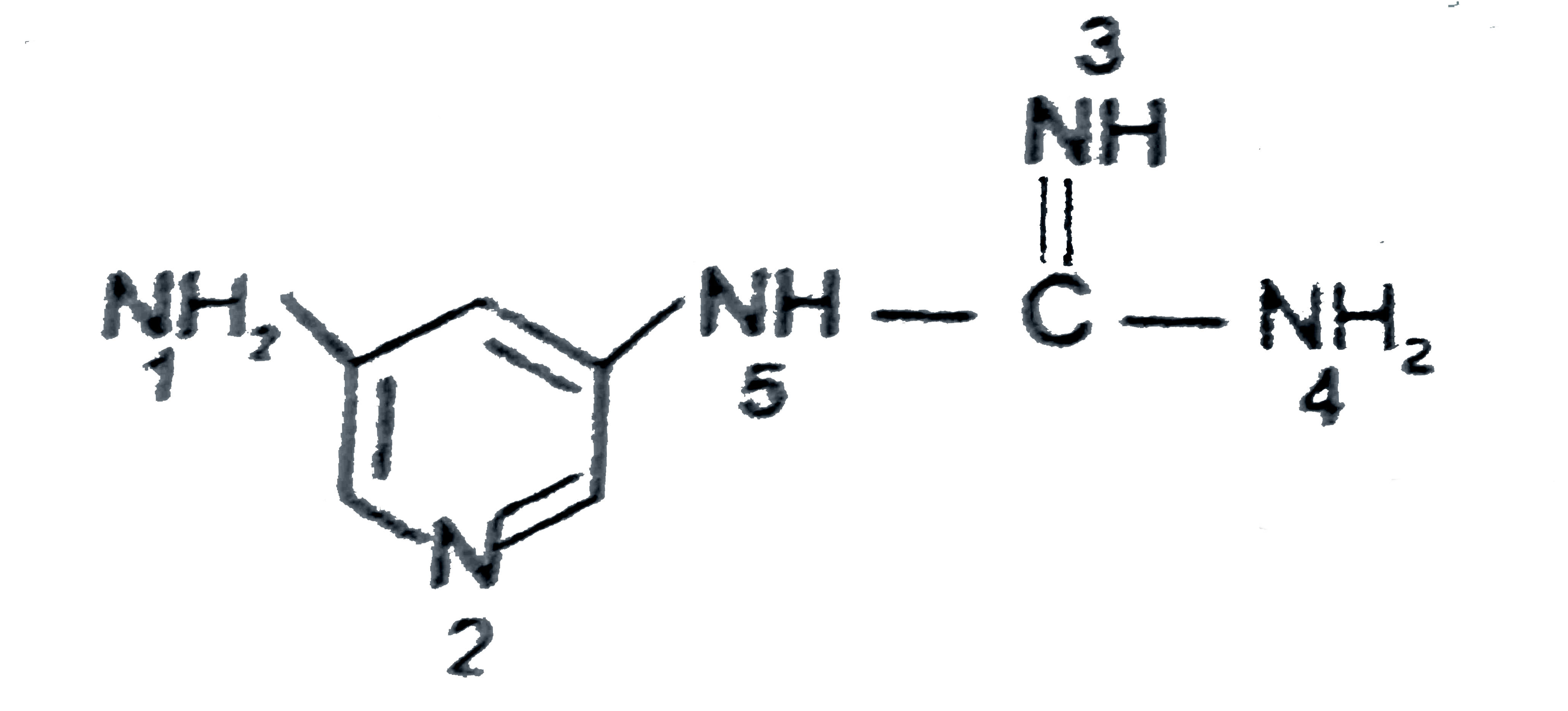A DNA with unequal nitrogen bases would most probably be
single stranded
double stranded
triple stranded
four stranded
The correct Answer is:A
To solve the question "A DNA with unequal nitrogen bases would most probably be," we will follow these steps:
Step 1: Understand the Components of DNA
DNA is composed of four nitrogenous bases: adenine (A), thymine (T), cytosine (C), and guanine (G). These bases are categorized into two groups:
- Purines: Adenine (A) and Guanine (G)
- Pyrimidines: Cytosine (C) and Thymine (T)
Step 2: Apply Chargaff's Rule
Erwin Chargaff's rule states that in double-stranded DNA, the amount of purines is equal to the amount of pyrimidines. This means:
- A = T (Adenine pairs with Thymine)
- G = C (Guanine pairs with Cytosine)
This rule is applicable only to double-stranded DNA.
Step 3: Analyze the Question
The question asks about DNA with unequal nitrogen bases. According to Chargaff's rule, if the DNA is double-stranded, the amounts of purines and pyrimidines must be equal. Therefore, if the nitrogen bases are unequal, it indicates that the DNA is not double-stranded.
Step 4: Consider the Types of DNA
- Single-stranded DNA: There can be an unequal amount of nitrogenous bases because there is no complementary strand for pairing.
- Double-stranded DNA: Must have equal amounts of purines and pyrimidines.
- Triple-stranded or four-stranded DNA: These forms are not commonly recognized in molecular biology in the context of standard DNA structure.
Step 5: Conclusion
Since the question specifies that the DNA has unequal nitrogen bases, the most probable type of DNA is single-stranded DNA.
Final Answer
A DNA with unequal nitrogen bases would most probably be single-stranded DNA.
---
DNA is composed of four nitrogenous bases: adenine (A), thymine (T), cytosine (C), and guanine (G). These bases are categorized into two groups:
- Purines: Adenine (A) and Guanine (G)
- Pyrimidines: Cytosine (C) and Thymine (T)
Erwin Chargaff's rule states that in double-stranded DNA, the amount of purines is equal to the amount of pyrimidines. This means:
- A = T (Adenine pairs with Thymine)
- G = C (Guanine pairs with Cytosine)
The question asks about DNA with unequal nitrogen bases. According to Chargaff's rule, if the DNA is double-stranded, the amounts of purines and pyrimidines must be equal. Therefore, if the nitrogen bases are unequal, it indicates that the DNA is not double-stranded.
- Single-stranded DNA: There can be an unequal amount of nitrogenous bases because there is no complementary strand for pairing.
- Double-stranded DNA: Must have equal amounts of purines and pyrimidines.
- Triple-stranded or four-stranded DNA: These forms are not commonly recognized in molecular biology in the context of standard DNA structure.
Since the question specifies that the DNA has unequal nitrogen bases, the most probable type of DNA is single-stranded DNA.
A DNA with unequal nitrogen bases would most probably be single-stranded DNA.
Similar Questions
Nitrogen bases are
View SolutionIn DNA purine nitrogen bases are :-
View SolutionNitrogen bases of DNA are
View SolutionNitrogenous bases of DNA are
View SolutionA nitrogenous base in DNA.
View SolutionFind the odd " Nitrogen base "
View SolutionWhich nitrogen base is this

View SolutionA stretch of DNA consisting of 10-20 bases is most appropriately be called as :
View SolutionIn a DNA molecule, nitrogenous base is linked to pentose sugar by 'A' linkage and the pentose sugar is linked to phosphate by 'B' linkage. Correctly identify A and B.
View SolutionWhich nitrogen atom is most basic ?

View Solution
